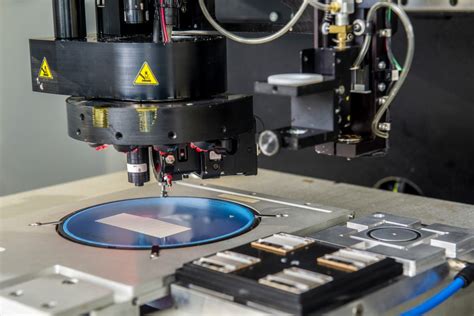
ALL ABOUT FLEX PCB
-
 Read more: Placer camera-assisted manual pick and place machine
Read more: Placer camera-assisted manual pick and place machineIntroduction to Pick-and-place Machines Pick-and-place machines are automated systems that are used to pick up components from a source location and place them in a specific destination. These machines are widely used in various industries, including electronics manufacturing, automotive, food and beverage, and pharmaceuticals. The primary purpose of using pick-and-place […]
-
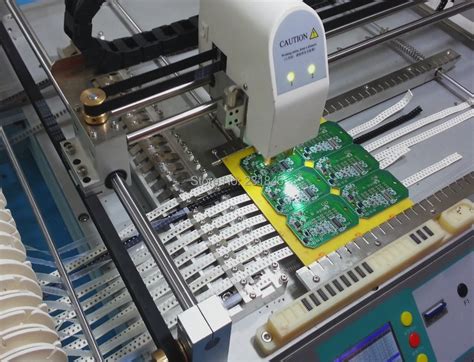 Read more: A Study of SMT Components | Component Packages and Types
Read more: A Study of SMT Components | Component Packages and TypesIntroduction to SMT Components SMT components are electronic components designed to be mounted directly onto the surface of a printed circuit board (PCB). Unlike through-hole components, SMT components do not require leads to pass through holes in the PCB. This allows for smaller component sizes, increased component density, and automated […]
-
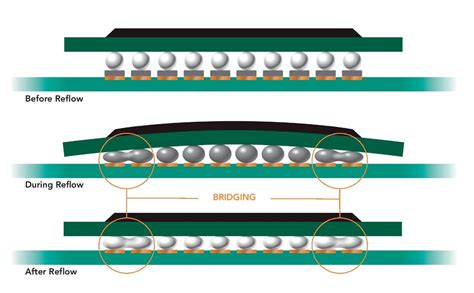 Read more: Tips for Reflow Soldering of SMT | Ultimate Guide to PCB Reflow
Read more: Tips for Reflow Soldering of SMT | Ultimate Guide to PCB ReflowIntroduction to PCB Reflow Soldering Reflow Soldering is a process used in the manufacturing of printed circuit boards (PCBs) to attach surface mount components to the board. This process involves applying solder paste to the PCB, placing the components on the board, and then heating the entire assembly to melt […]
-
What Is Surface Mount Technology
Posted by
–
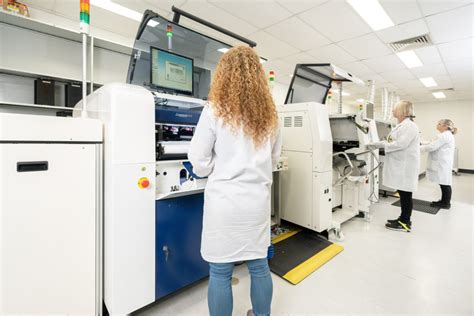 Read more: What Is Surface Mount Technology
Read more: What Is Surface Mount TechnologyOverview of Surface Mount Technology Surface Mount Technology involves the placement of electronic components directly onto the surface of a PCB, as opposed to the traditional through-hole technology, where components are inserted into drilled holes and soldered on the opposite side of the board. SMT components are typically smaller and […]
-
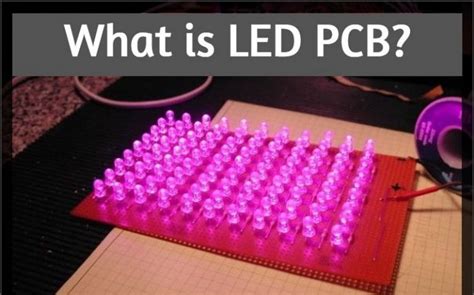 Read more: Useful Guide – What Do You Need to Know About LED PCBs
Read more: Useful Guide – What Do You Need to Know About LED PCBsWhat Are LED PCBs? LED PCBs are specialized printed circuit boards designed to support and interconnect LEDs. They provide a stable platform for mounting LEDs and ensure proper electrical connections, heat dissipation, and mechanical stability. LED PCBs are typically made from materials such as FR-4, aluminum, or ceramics, depending on […]
-
What is PCBA and How to Custom PCB Assembly
Posted by
–
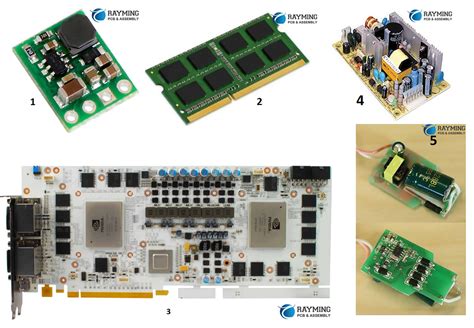 Read more: What is PCBA and How to Custom PCB Assembly
Read more: What is PCBA and How to Custom PCB AssemblyUnderstanding PCBs and PCBA A printed circuit board (PCB) mechanically supports and electrically connects electronic components using conductive tracks, pads and other features etched from one or more sheet layers of copper laminated onto and/or between sheet layers of a non-conductive substrate. Components are generally soldered onto the PCB to […]
-
Rayming-reflow-pilot door open
Posted by
–
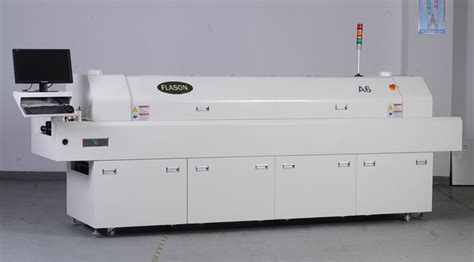 Read more: Rayming-reflow-pilot door open
Read more: Rayming-reflow-pilot door openIntroduction to Rayming-reflow-pilot Rayming-reflow-pilot is a cutting-edge technology that has revolutionized the manufacturing process of electronic components. It is a highly automated system that enables the precise and efficient soldering of surface-mount components onto printed circuit boards (PCBs). The Rayming-reflow-pilot system is designed to optimize the reflow soldering process, ensuring […]
-
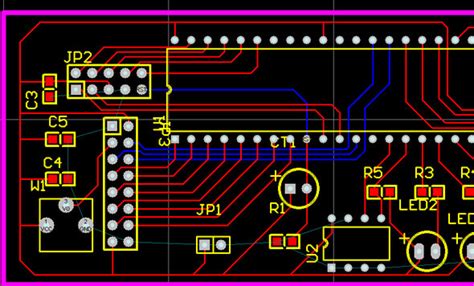 Read more: 10 Rules for Better Data – Avoid PCB Design Issues
Read more: 10 Rules for Better Data – Avoid PCB Design IssuesWhy PCB Design Rules Matter for Data Integrity Printed Circuit Board (PCB) design is a complex process that requires careful planning and attention to detail. One of the most critical aspects of PCB design is ensuring data integrity – making sure that the signals transmitted through the PCB are accurate, […]
-
Edge Connectors with Gold Surface
Posted by
–
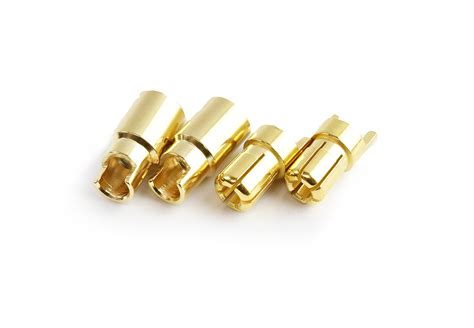 Read more: Edge Connectors with Gold Surface
Read more: Edge Connectors with Gold SurfaceWhat are Gold-Plated Edge Connectors? Gold-plated edge connectors are electrical connectors designed to mate with the exposed conductive traces on the edge of a PCB. These connectors feature a series of contacts or pins that are plated with a thin layer of gold, which provides excellent conductivity, corrosion resistance, and […]
-
Selecting the Right Surface Finish for Your PCB
Posted by
–
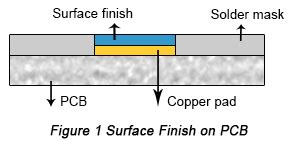 Read more: Selecting the Right Surface Finish for Your PCB
Read more: Selecting the Right Surface Finish for Your PCBIntroduction When it comes to designing and manufacturing printed circuit boards (PCBs), selecting the appropriate surface finish is crucial for ensuring the reliability, durability, and functionality of the final product. The surface finish not only protects the copper traces from oxidation and corrosion but also plays a vital role in […]




